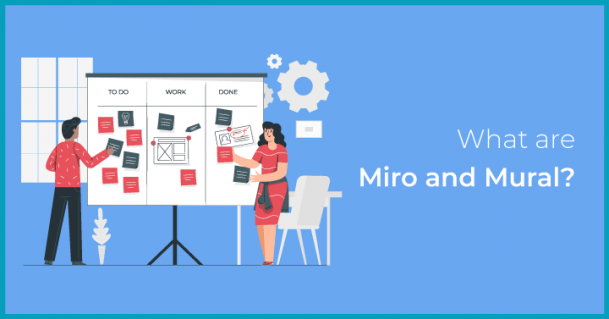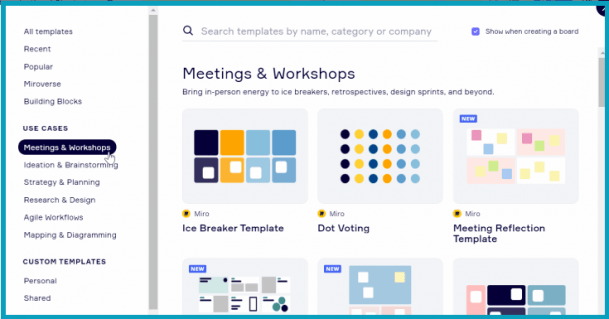

I also found the Miro Academy a really useful resource for agencies. I’ll cover those features in depth so you have a clearer picture of how Miro can help you with your agency processes, including client management, client reporting, client onboarding, and more.Īs an agency, you can also align and empower your design and development teams in real-time. Your team could be fully remote, distributed, or co-located, but with the help of this collaborative whiteboard platform, it can work effectively and efficiently.įrom brainstorming ideas to the more critical planning and management of agile workflows, Miro’s features facilitate cross-functional teamwork. Miro is an online, cloud-based collaborative whiteboard platform. I’ll be honest – it was a tough choice! Hopefully, my experience will make the pick easier for you. Well, I have personally walked through both the platforms and will share my experience in this blog to help you make a better choice for your agency. However, Miro integrates well with many other third-party integrations. Both platforms allow you to use different integrations to enhance your workflow. The major difference between Miro and MURAL is the fact that they both offer different number of integrations.

Sophisticated yet user-friendly collaboration tools with a smooth interface play an important role here.Īnd that kicks off the Miro vs Mural argument.Īlthough there are other tools and apps like Miro and Mural (such as FigJam, Whimsical, Lucidchart, Lucidspark, Creatly and more), these two stand out from the pool of visual collaboration tools. That means smoother ways to collaborate with teams and clients, and to seamlessly execute ideas and projects. They seek innovative ways to digitally plan and strategize to achieve impact for their clients as well as for their own people.

Follow strive hard everyday to streamline their processes for smoother and faster workflows.


 0 kommentar(er)
0 kommentar(er)
